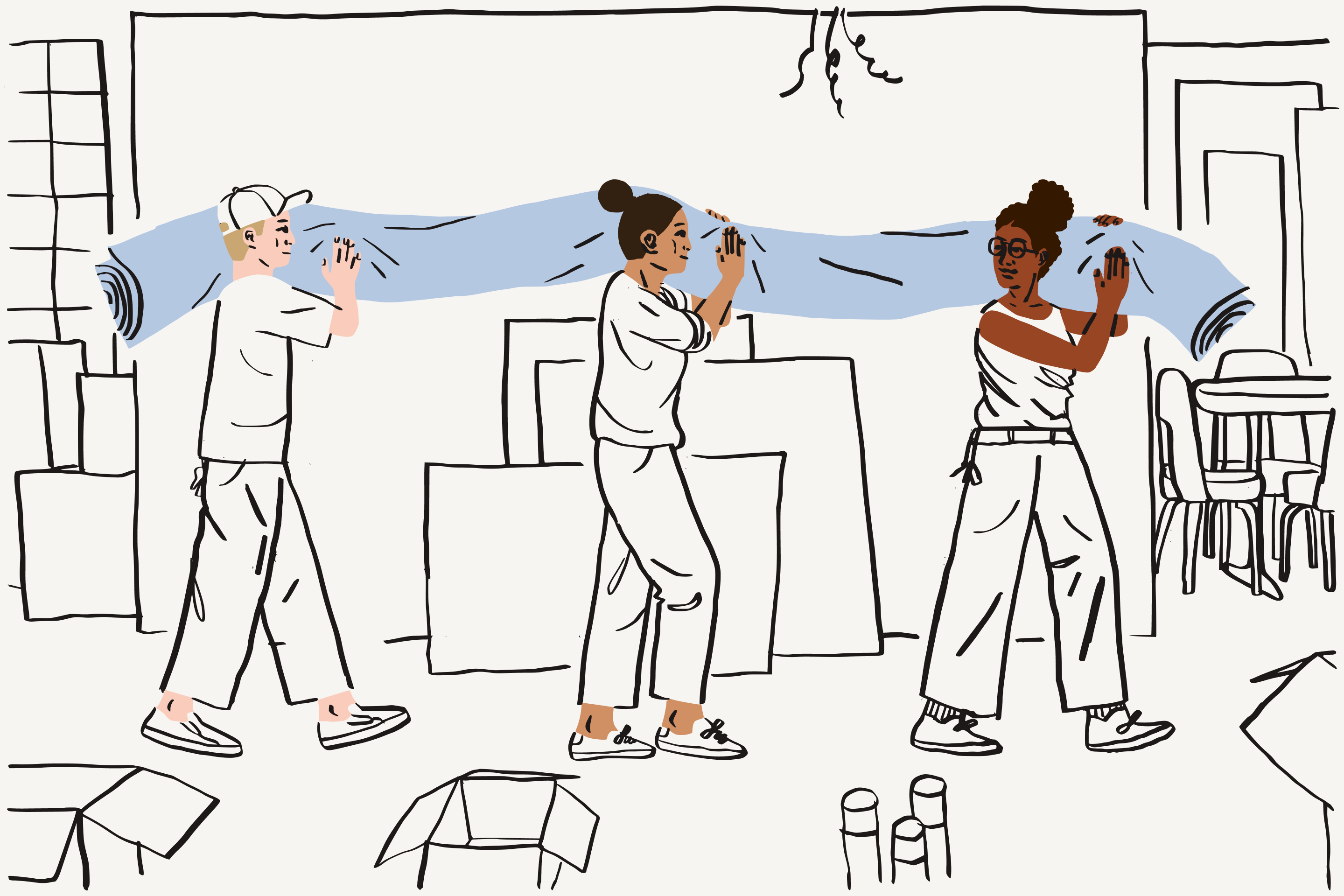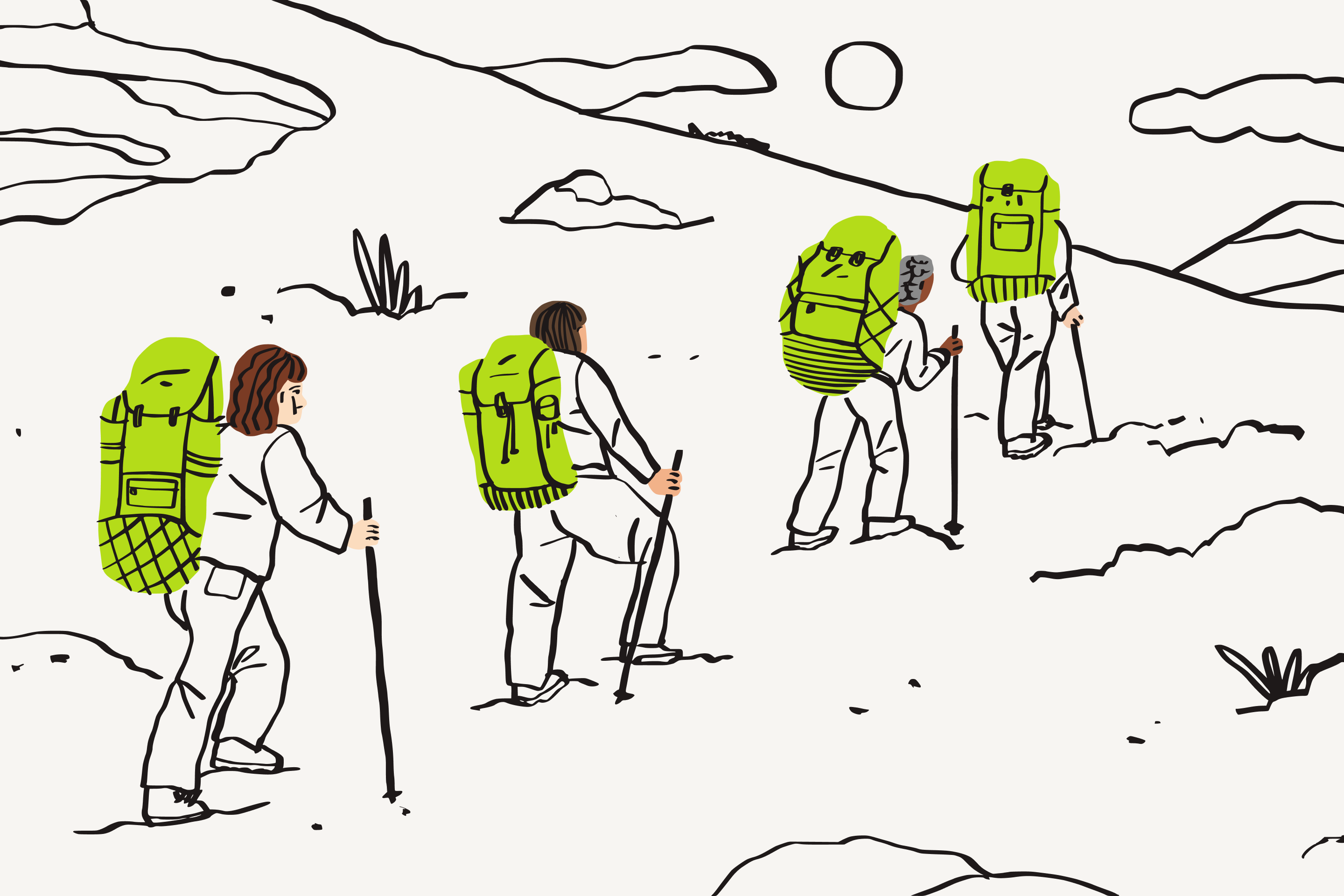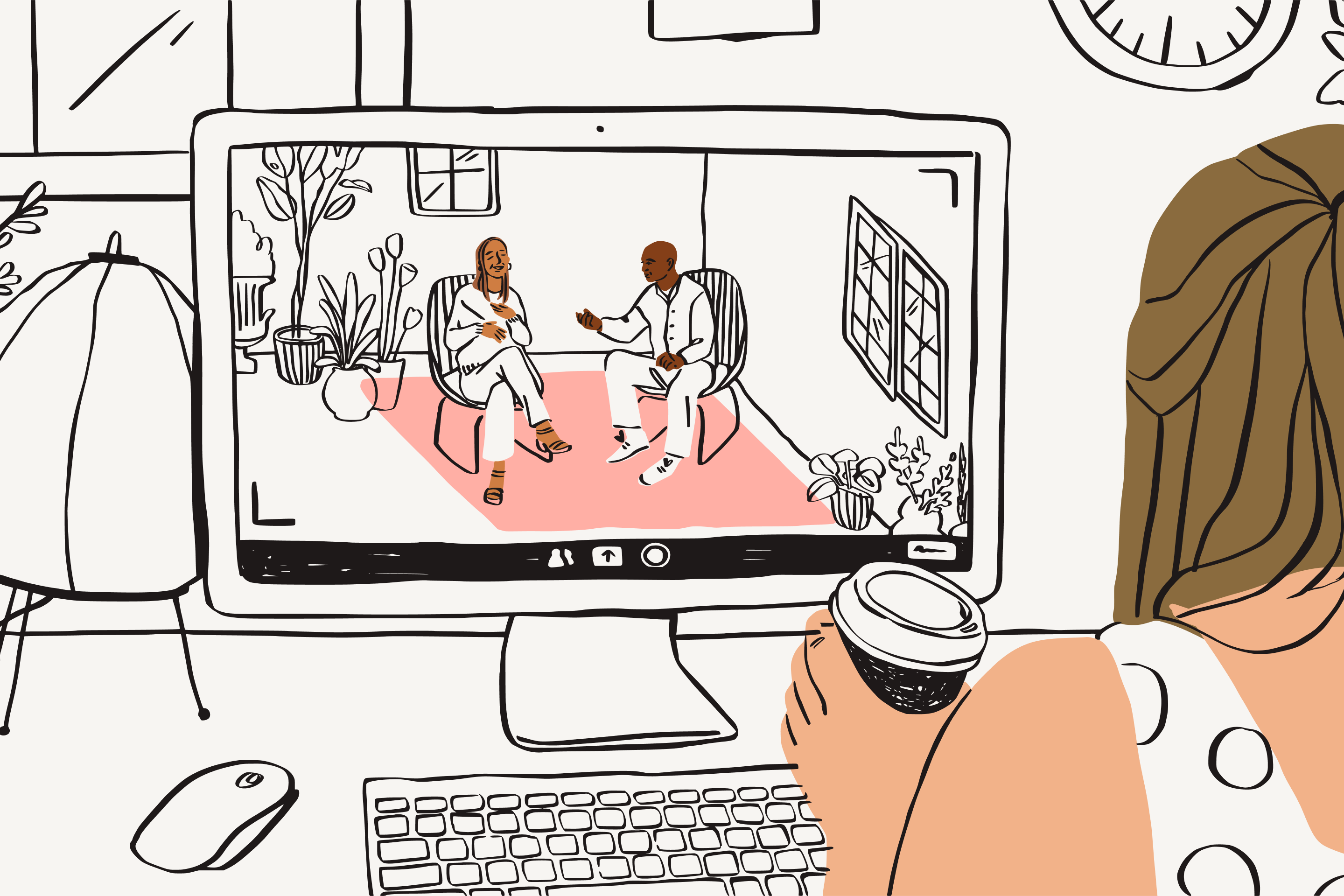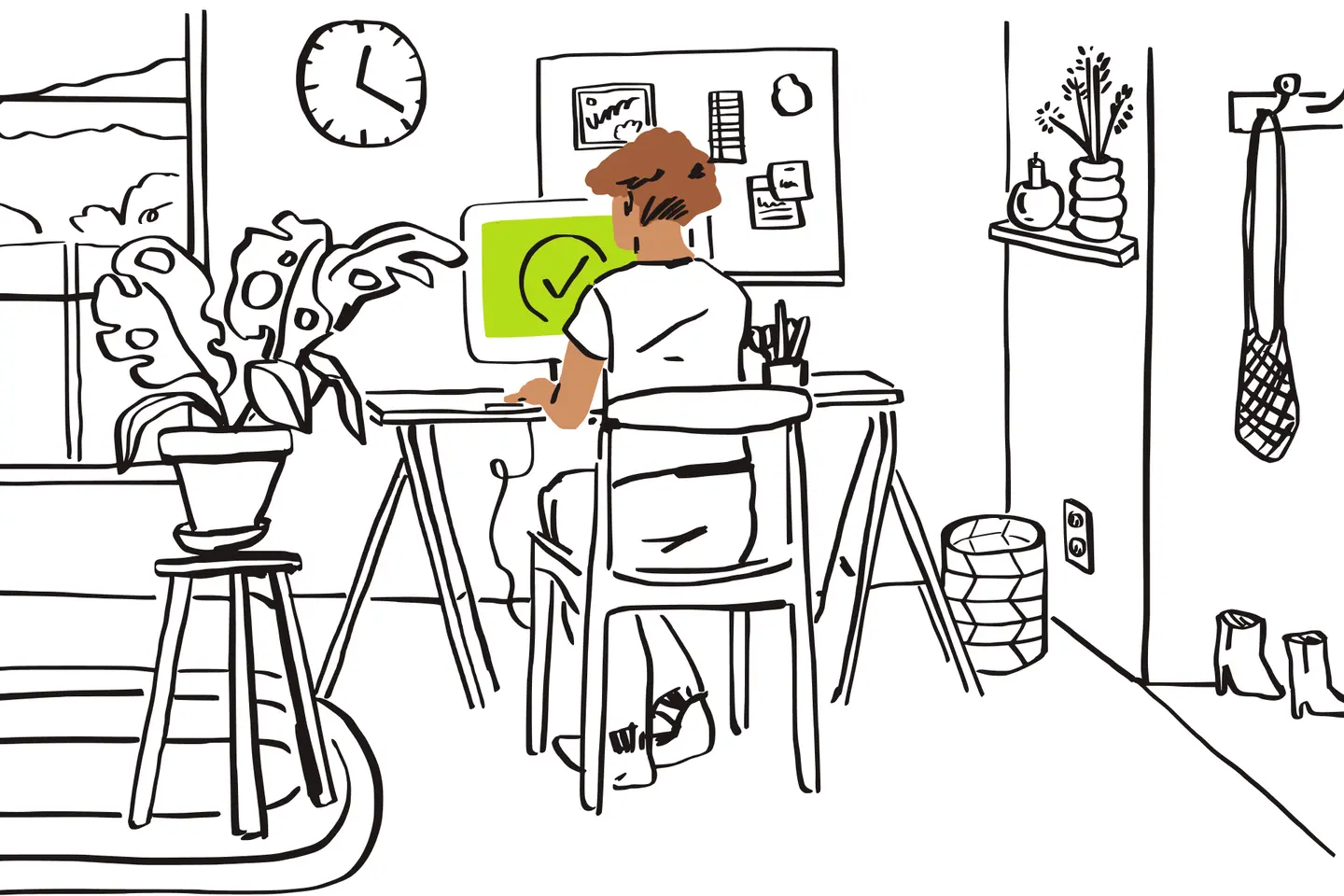 Virtual First Manifesto
Virtual First Manifesto
The principles we’re using to guide us in virtual work:
 Everything is a prototype
Everything is a prototype
Our expectations around how and when we work are changing faster than ever. Thriving in this context means treating everything we build – from our culture to our products – as creative experiments. We deliver to learn. And we’re only ever 1% done.
 Go async by default
Go async by default
In a culture plagued by ‘presenteeism’, we stand for autonomy and focus. We save meetings for the 3 D’s (discussion, debate and decision-making). Everything else we handle over chat, email or a doc. We care about your impact – not how many meetings you’re in.
 Make (virtual) work human
Make (virtual) work human
We want you to do your best work virtually, no matter who you are or where you’re from. To get there, we’re building a compassionate culture that encourages well-being, as well as products that bring a bit more flow to your working day.
 Keep it simple
Keep it simple
Work doesn’t have to mean digging for files and managing app overload all day. To help you focus on what matters, we eliminate work about work. How do we do it? By keeping resources short, central and self-serving.
 Design for joy
Design for joy
We might be building enterprise software, but our work doesn’t have to feel ’enterprisey’. We know that creative cultures are more inventive, so we build a little play into everything we do – whether it’s a virtual meeting or a design decision.







